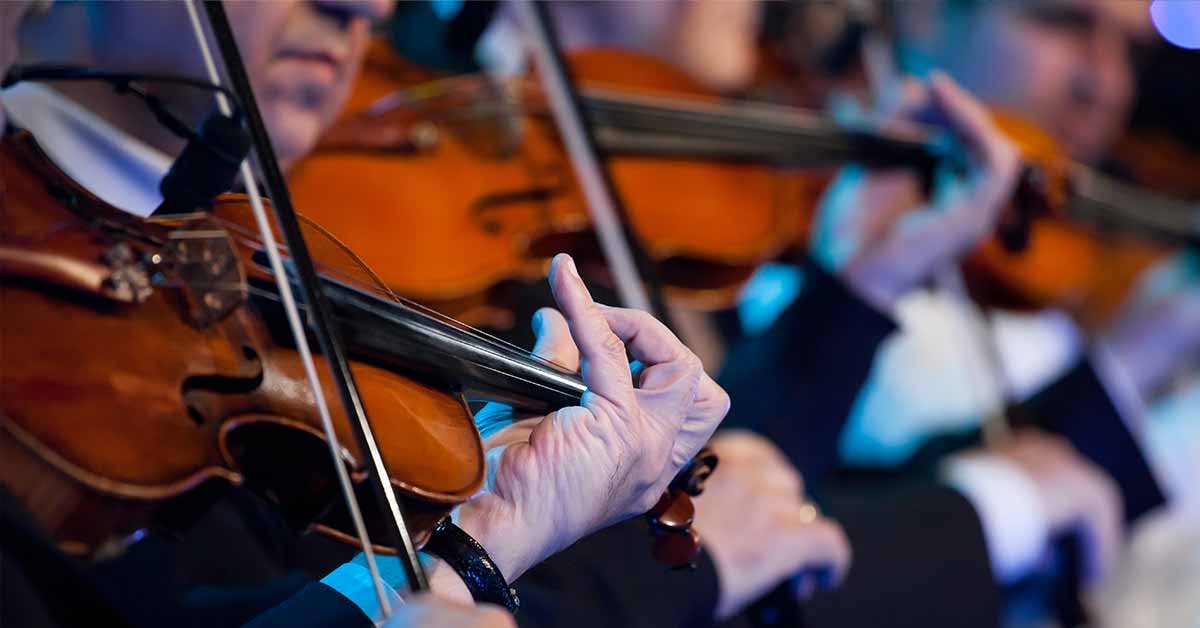A fascinating video is popping around the internet about the amazing effects of the reintroductions of wolves to the Yellowstone National Park (YNP). Within the four minute video you learn that wolves, absent for 70 years in YNP, are reintroduced and how within six years make a positive impact on the food chain and environment.
This once dreaded, hated, and nearly hunted to extinction predator was actually a vital link in the environment. From keeping the elk from over grazing (causing erosion) to creating a more balanced playing field for other predators such as birds of prey and grizzly bears, within six years the reintroduction was making an optimistic turn for the fragile ecosystem.
Watch the four minute video and then ask yourselves, where is the wolf in the world of symphonic music?
It’s only an analogy, but symphonic music seems to be treading down the same path as some ecosystems; it is definitely broken.
Here are some of the problems:
- Music and art in the schools are constantly being cut.
- Government funding is less or nothing.
- Corporate donors don’t give as much.
- Public is less inclined to know of or come to a live concert.
- Kids grow up not appreciating or understanding various music styles.
Here are some reasons why it is important:
- Music helps serve as an emotional outlet.
- Variety of music types for all keeps a good balance.
- Kids with access to music and art have better test scores and less violent behavior.
- Musicians and their orchestras are an asset to cities’ reputations.
- Exploration of culture is defining and is human nature.
Looking at our arts food chain and the ecosystem musicians and orchestras are trying to thrive within, it is apparent we are missing the wolves or the cultural equivalent.
What is broken seems obvious to some; cutting music in schools will trigger cutting future audiences. Cutting future audiences will cut potential donors. Cutting donors will trigger cutting arts funding, including in schools. Cutting arts funding in schools turns kids into robots; well, not really, but it does stunt their creativity. Cutting creativity stunts a city’s appeal and vitality. A city’s lack of appeal makes it less likely to bring in revenue. It’s a vicious cycle.
What we are missing in our cultural field is a classic Trophic Cascade. From the top of the cultural food chain all the way down, the cultural ecosystem is out of balance. This is merely a hypothetical example, but think about the relativity of music in a community: why it’s important, how it’s useful. How does it fit into and improve our human lives?










